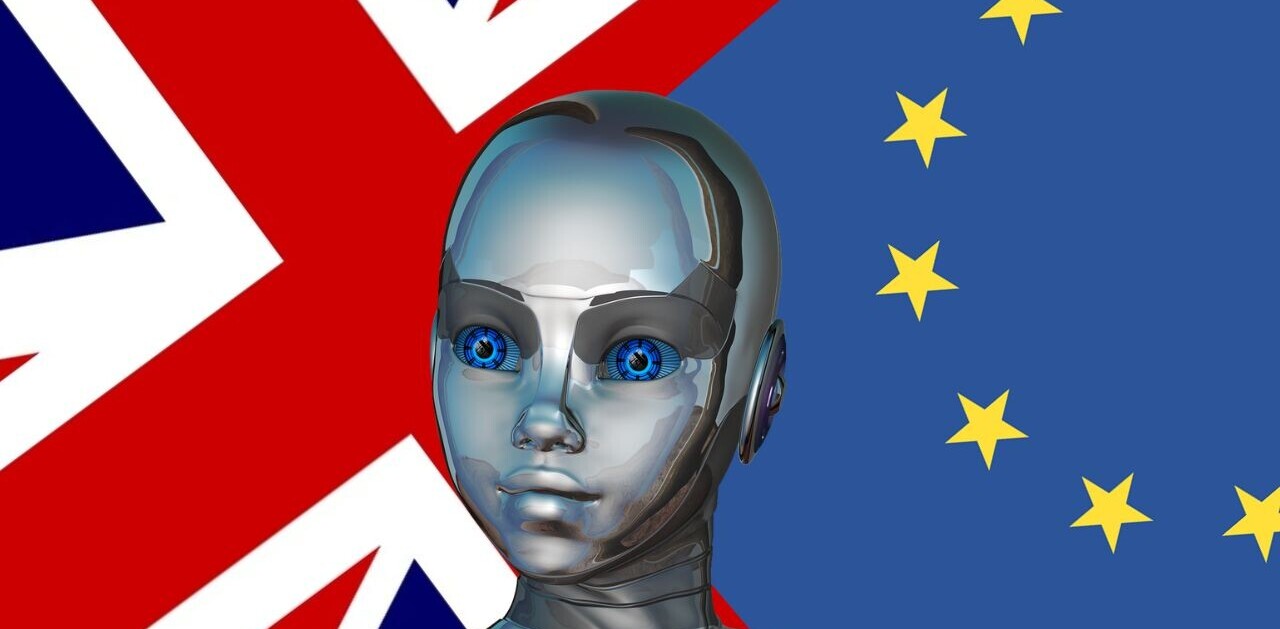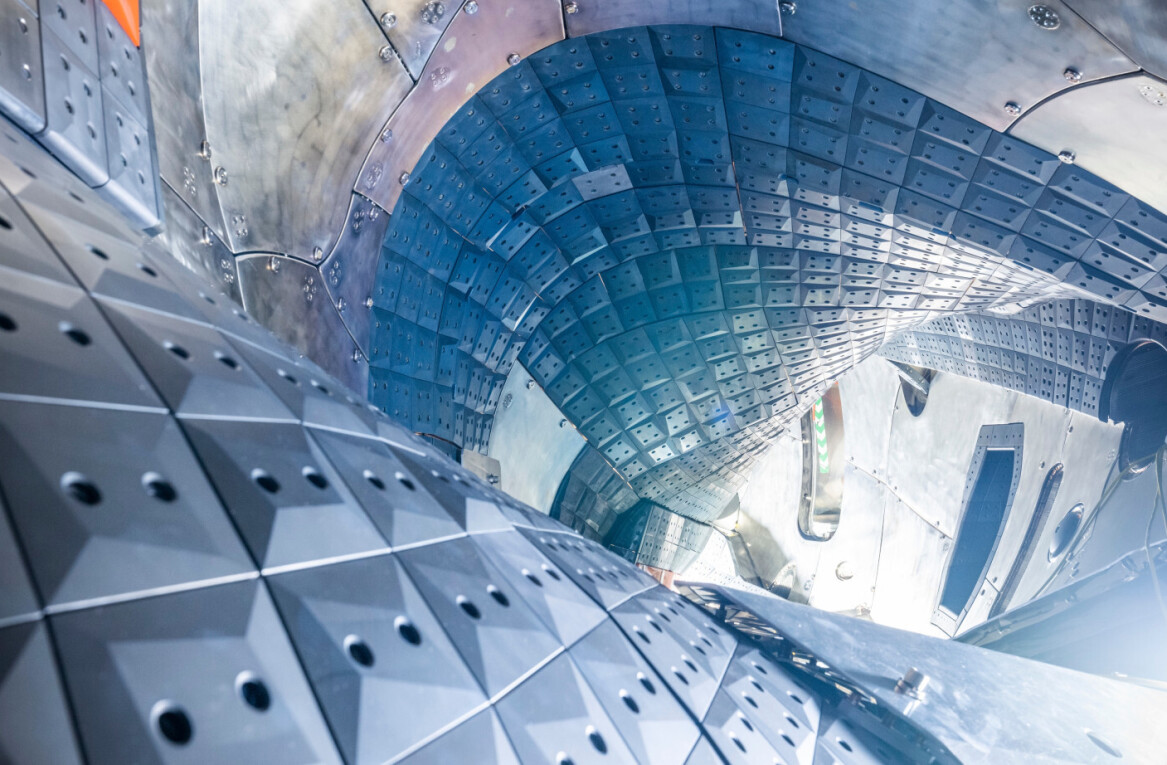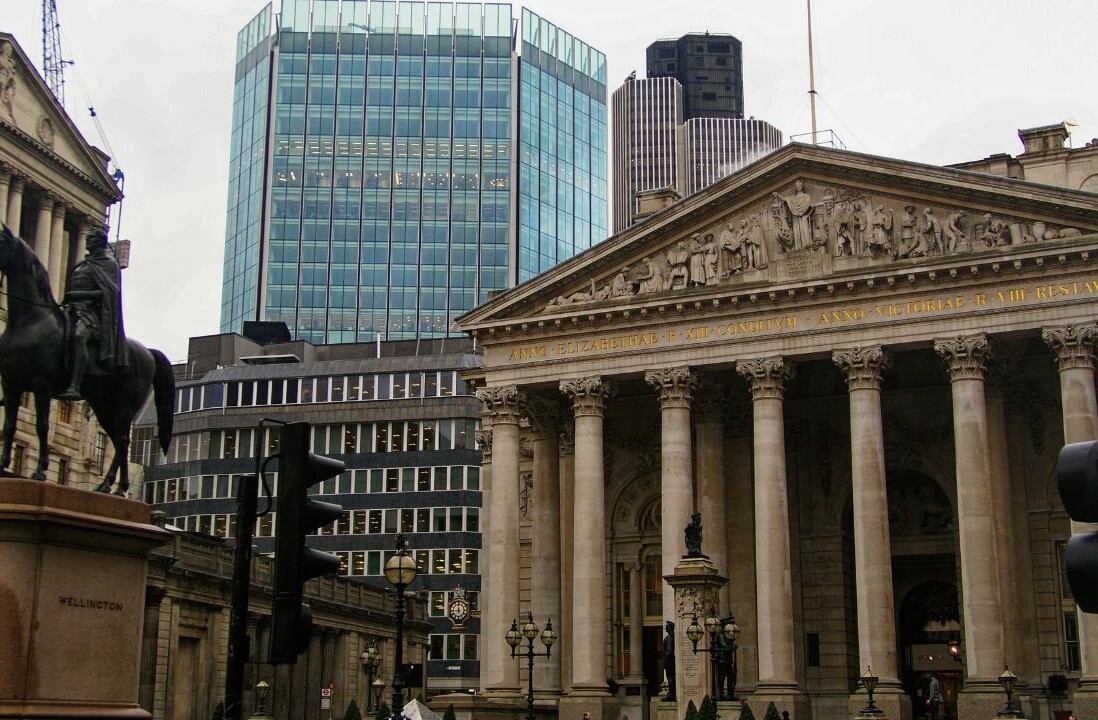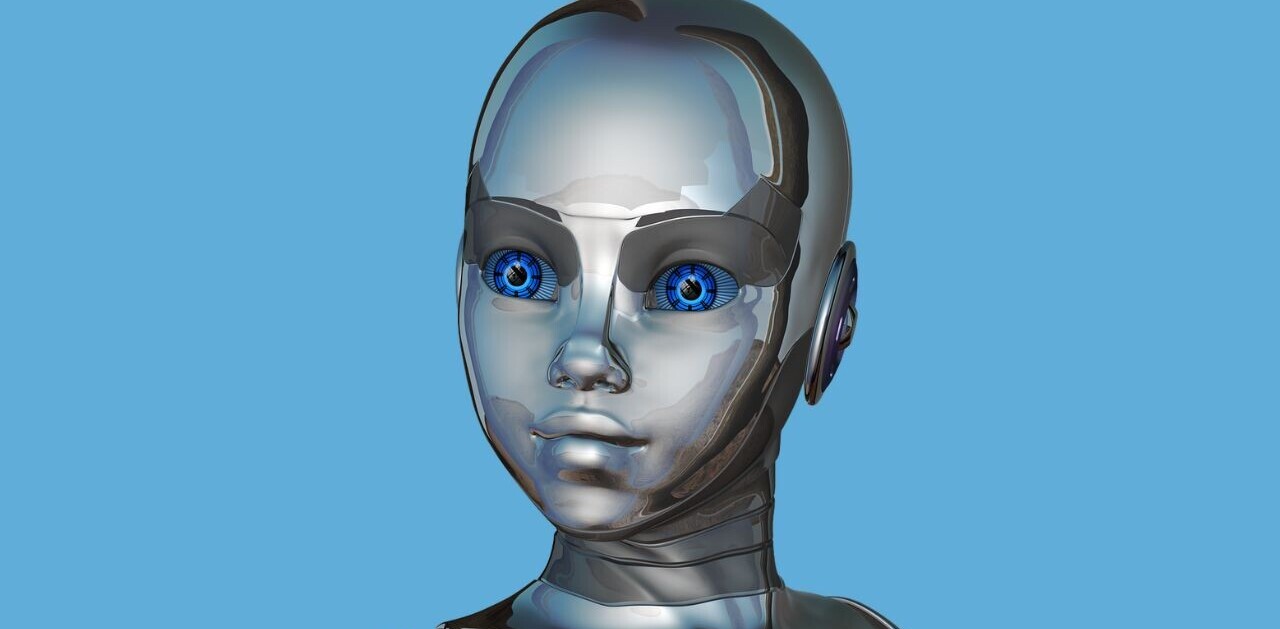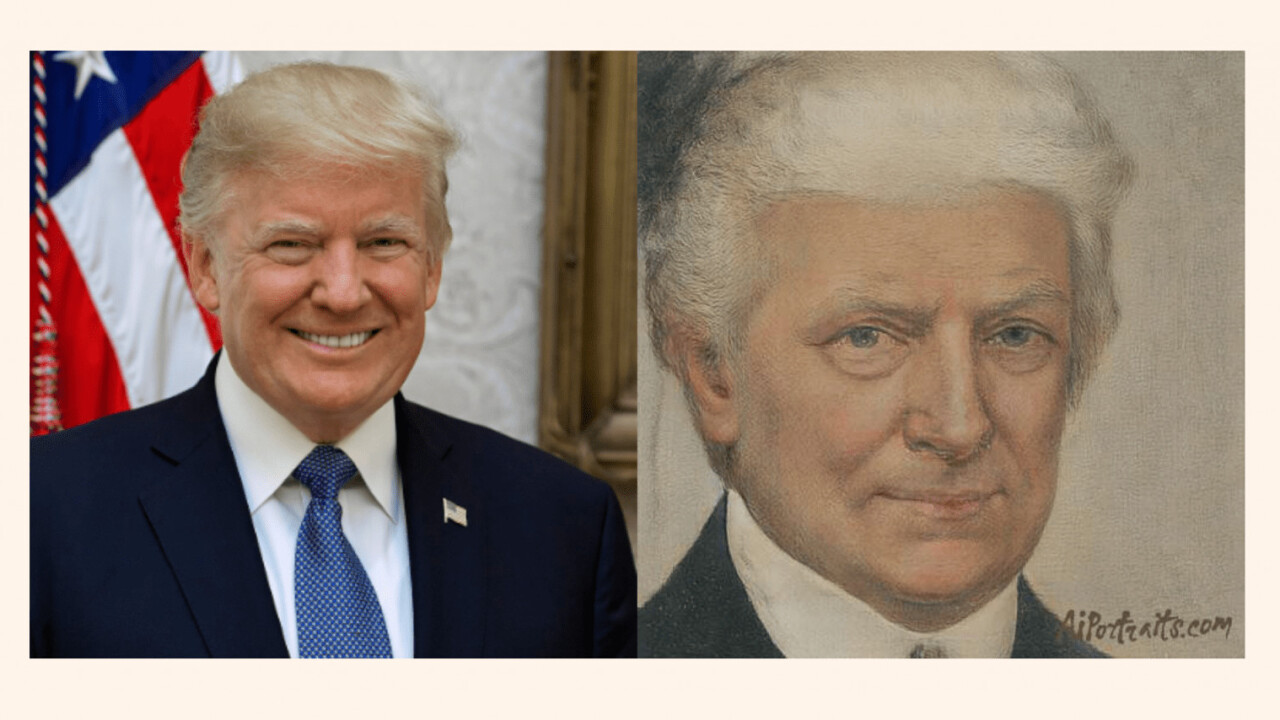
First came Instagram filters. Then came the Snapchat masks. Now AI renders are the latest way of using technology to change the way we look. Sure, FaceApp has been making the rounds for its dramatic aging filters (and questionable data practices), but for something more dignified, why not render your face like a Renaissance portrait instead?
AIportraits.com does just that. Created by a team of researchers at the MIT IBM Watson AI Lab, the site uses an AI model trained on 45,000 portraits from styles ranging from the Early Renaissance to the Contemporary period.
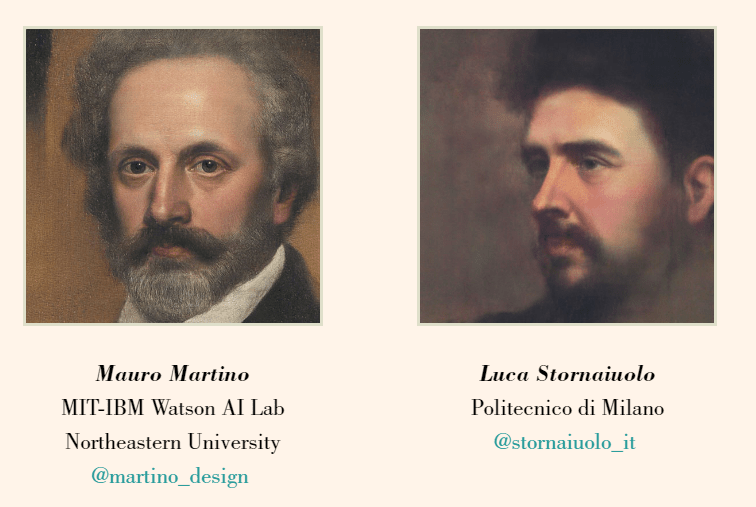
The results are surprisingly authentic. The images might not look exactly like their sources – I couldn’t render a portrait that clearly looked like me – but the end result could have fooled someone into thinking they were real paintings of a lookalike at a glance. Sure, there are the occasional AI artifacts with botched edges or backgrounds, but in the context of pseudo-painted portraiture, these seem to add to the artwork rather than detract from it – especially for the more abstract renderings.
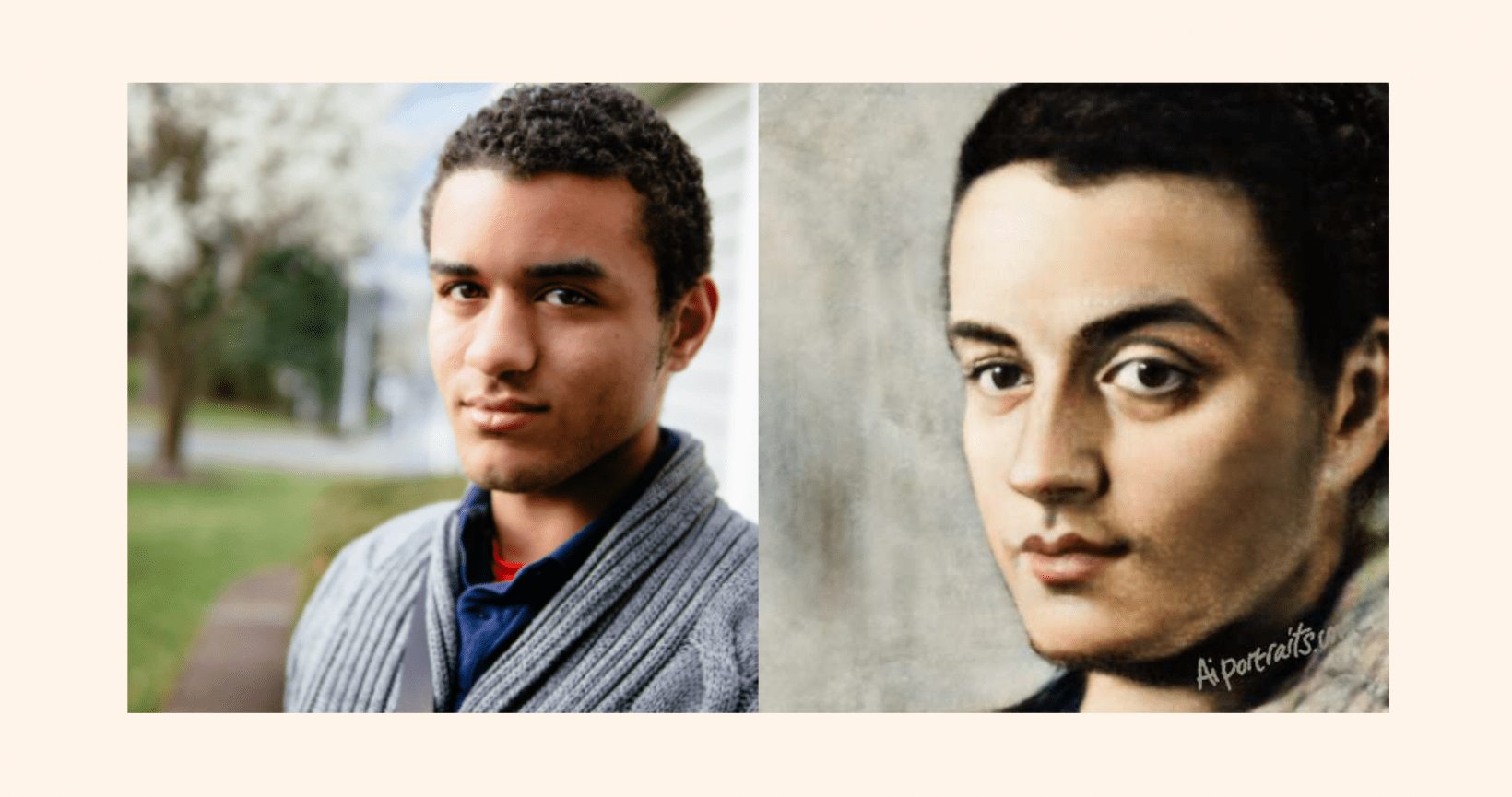
Unfortunately, there’s no way of choosing which style you’d like your face to be rendered in; the site appears to choose at random, though reuploading the same image gives an identical result. You might also notice that few of the rendered images depict smiles, and certainly not wide toothy ones. This is an inherent flaw of an AI system that was trained on actual art. In the site’s own words (emphasis theirs):
We encourage you to experiment with the tool as a way of exploring the bias of the model. For example, try smiling or laughing in your input image. What do you see? Does the model produce an image without a smile or laugh?
Portrait masters rarely paint smiling people because smiles and laughter were commonly associated with a more comic aspect of genre painting, and because the display of such an overt expression as smiling can seem to distort the face of the sitter.This inability of artificial intelligence to reproduce our smiles is teaching us something about the history of art. This and other biases that emerge in reproducing our photos with AI Portraits Ars are therefore an indirect exploration of the history of art and portraiture.
As we’ve written before, AI is deeply affected by human biases. Apparently, that includes the biases of our artistic inclinations.
You can head on over to aiportraits.com to give it a go. Unfortunately, it might take a few tries to get your portrait; the site is currently overloaded with traffic from wannabe art subjects.
Get the TNW newsletter
Get the most important tech news in your inbox each week.
